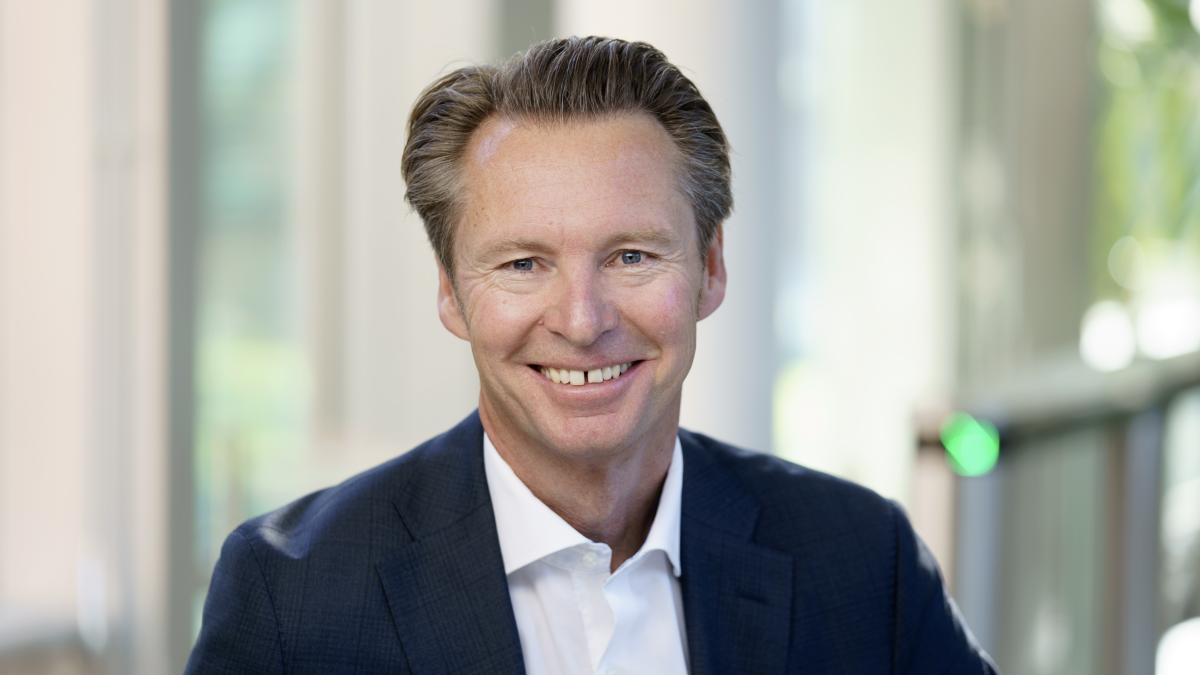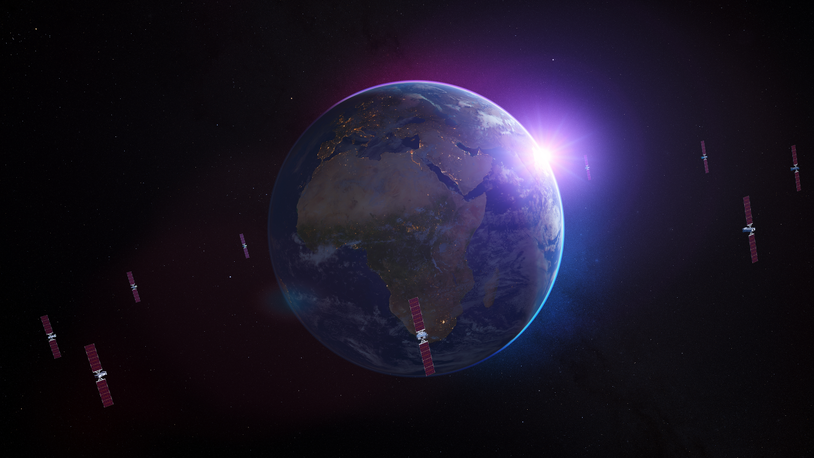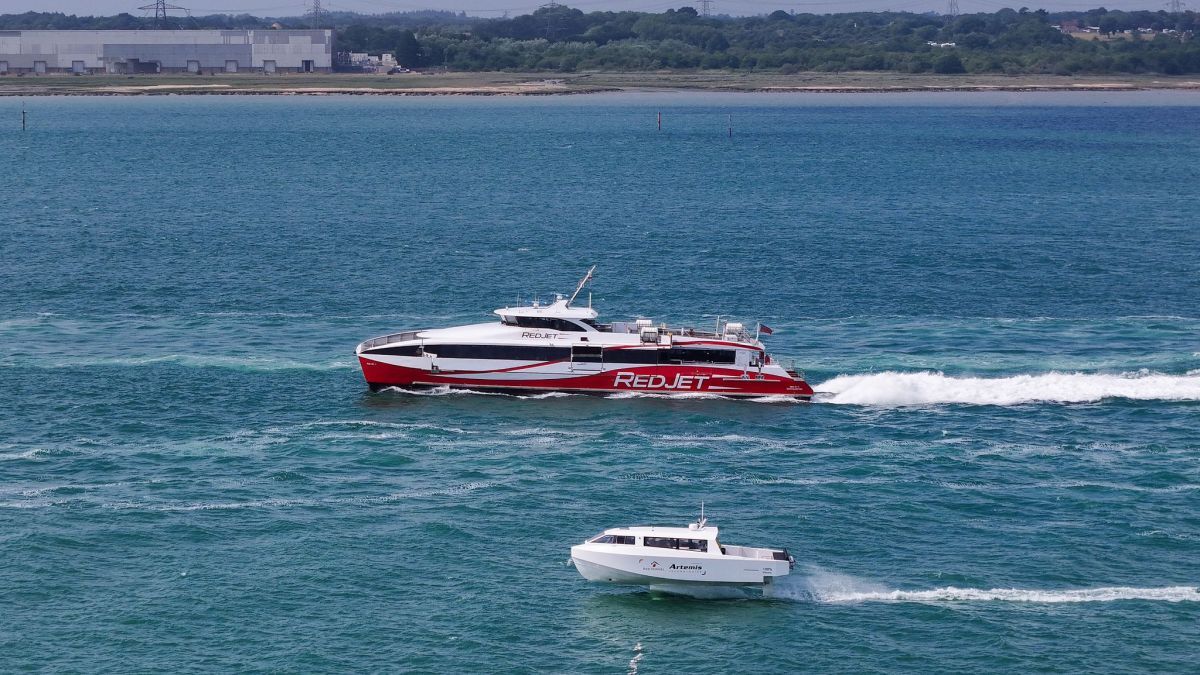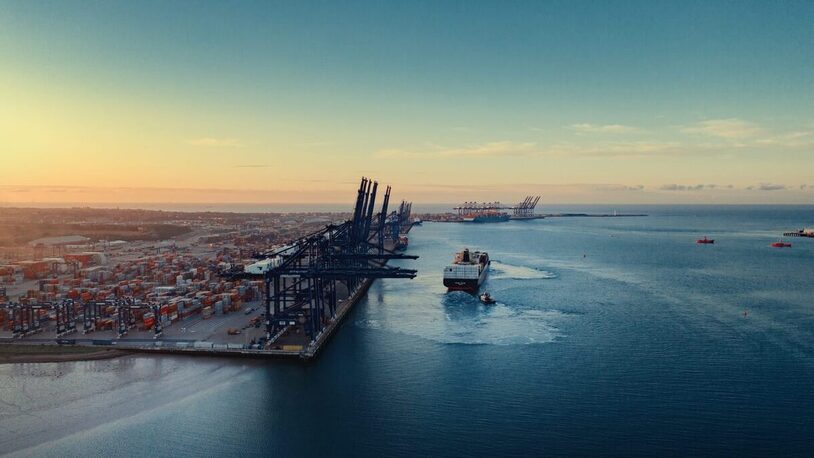Business Sectors
Events
Contents
Register to read more articles.
Class societies boost passenger ship focus on future fuels, CII and back-to-service
As cruise ship operators face a range of challenges, from getting their fleets back into service to upcoming environmental legislation and becoming carbon neutral, class societies are assisting them with a range of activities
Getting back to service after the pandemic, the CII ratings system and future fuels are all priorities for passenger ship operators – and areas where class societies are assisting them.
Lloyd’s Register global passenger ship manager Joep Bollerman says, “The industry needs to reassure their passengers, stakeholders and regulators they are compliant and ready for a safe return to business. Most cruise ships have been either alongside or at anchor, often in adverse environments and weather conditions. The lower number of crew on board has naturally led to some reduced and deferred maintenance. Systems and technology have been in a modified operating mode, with limited opportunity for the crew to perform their usual duties.
Cruise ship operators will have to navigate several new challenges, he says, including passenger movement post Covid-19. “Managing a large volume of people, adhering to social distancing while in service and during embarkation and safety drills. Maintaining effective procedures with minimal disruption.”
Crew competency and qualifications will also be a challenge. “Large-scale crew resourcing challenges, as well the potential for skill fade, either through absence from sea or experienced personnel not returning,” says Mr Bollerman.
Other challenges include managing large volumes of training needs and the training burden on already trained and supervisory staff says Mr Bollerman. Also to be considered are certification and statutory compliance, overdue and postponed maintenance and fuel, lubricant and hydraulic systems. Mr Bollerman says, “Fuel, lubricant and hydraulic systems may need to be recommissioned to a fully operational status. Time will need to be allocated to carry out the necessary fuel treatment system conditioning.”
Back into service
Explaining how Lloyd’s Register can help cruise operators, he says, “Our experienced passenger ship surveyors and marine management systems (ISM/ISPS/MLC) auditors have continued to survey cruise ships, both on board and remotely, throughout the pandemic. They have seen and experienced the challenges cruise operators face, putting them in the perfect position to support their return to service.
“We have a dedicated human factors team with expertise in human capability and behaviours. The team can offer trusted advice on staff training effectiveness and competence, passenger behaviour, and movement. The team can also provide input on maintenance activity and systems through procedural, cultural, and behavioural rationale. We can support operators by evaluating the impact of reduced operational levels and deferred maintenance. We will check the operational status of ship systems and procedures ensuring compliance and safe operation.”
Lloyd’s Register has launched the SHIELD class descriptive notation – a goal-based approach towards health risk prevention – based on medical science from the global health industry. SHIELD provides a review of protocols and equipment in key areas where health risks are elevated – including food preparation, drinking and eating areas, habitation cleanliness, air quality, medical facilities and other areas of operation on board.
Helping ships to get back into service is also something Bureau Veritas is involved in. Its BIO Risk notation was published earlier this year and the first ship to sign up to it was MSC Virtuosa. On top of this, Bureau Veritas is helping Carnival Corp restart its cruise fleet in an advisory role. Bureau Veritas global market leader passenger ships and ferries Andreas Ullrich tells PST, “Our contract with Carnival is to help them restart by verifying protocols and procedures. There are different instructions, guidance and requirements on board now and it is very complex for them. The aim is to mitigate the risk and have a safe and healthy environment for crew and passengers.”
DNV Maritime segment director for passenger ships and roro ships Hans Eivind Siewers agrees that the top priority for the cruise ship industry is getting back to service.
“That is number one,” he says. “They have been dealing with very limited revenue for more than a year, so it is critical to get back.”
There are issues to face with going back to operations. Mr Siewers says, “Each port, country and flag may have their own guidelines so there are a lot of things to consider.”
Therefore, DNV has launched its certification in infection prevention for maritime (CIP-M) programme to help cruise operators. It is based on the class society’s experience of certifying more than 650 hospitals in the US.
Mr Siewers says, “It is a scheme a lot of our customers are using and we use health experts on this. We feel confident this is something of real value.”
Awarded 24 August 2020, Silversea’s Silver Spirit became the first ultra-luxury cruise ship to sail with CIP-M.
Following getting back in service, Mr Siewers singles out the CII ratings scheme, due to come into effect in 2023. All ships will be required to report their CO2 emissions and based on their reports, will be rated from A-E.
Mr Siewers says, “This is big for all operators… we see a much wider effect as it can affect access to capital, ports, shareholder value, this is not just a regulatory effect.”
Singling out the specific challenges facing cruise ships with the CII ratings system, he says, “The formula to be used is CO2 divided by gross tonne and multiplied by total distance. This is a challenge for cruise ships as they will often stay in port and at anchor for long periods, where they are still using their engine for their hotel. This can impact their CII ratings and might even force these vessels to increase sailing distances, which would of course increase fuel consumption and CO2 emissions. So, paradoxically this could lead to increased overall emissions.”
This upcoming regulation will increase pressure to use alternative fuels.
Mr Siewers says, “Ships being built in 2022 will be operating in 2060. Nobody knows what the fuel of the future will be, people are thinking about what flexibility they want to build into the ship. It will be a kind of insurance – the more choices they have the better positioned they will be in the market. This is something we discuss with a lot of customers. This kind of fuel flexibility is what is important now.”
He highlights how an increasing number of cruise ships and ferries use dual-fuel LNG. “Some people say this is just an intermediate step, but the advantage of LNG is there is flexibility for the future as later biogas or synthetic gas could be used, so then you have two more options for the future.”
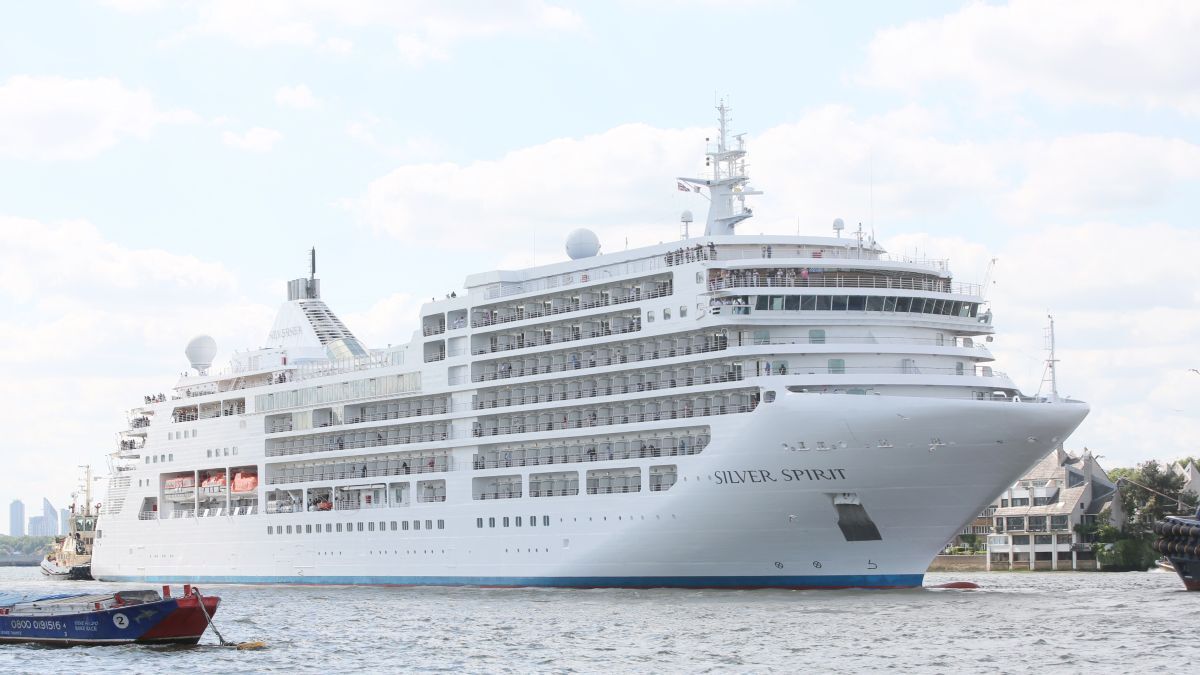
Being fuel-ready
DNV is helping ship operators add flexibility to newbuild designs with its Fuel ready notation. It has had its LNG ready notation for a few years and in July added a new Fuel ready class notation. Mr Siewers explains, “We have the Fuel ready notation that can help customers invest in newbuilds but be more prepared – if they don’t want LNG now, they can have the design ready to add it and we have the same for ammonia, and the other major alternative fuels, we see no ammonia engine yet, but manufacturers are looking at this and it may be ready for 2025.” The new notation covers ammonia, LNG, LPG and LFL (methanol) as a ship fuel – either individually or for more than one fuel at the same time.
In addition, DNV released the Gas-fuelled ammonia notation, for owners looking to build ammonia-fuelled vessels, at the start of July. Currently, owners are faced with the long, challenging, and costly, alternative design approach under the SOLAS regulations. The new class notation sets out the requirements for the ship’s fuel system, fuel bunkering connection, and on through to the consumers.
“These notations offer operators design flexibility, so they are prepared for the fuels of the future,” he sums up.
Meanwhile, Mr Ullrich highlights the “most important topic is sustainability and alternative fuels for all of the shipping industry. There has been a lot of research undertaken to find out what is the best possible and available fuel in the short term.
“In my view, LNG is a transitional fuel as we move to bioLNG, but there is a long way to go.”
Bureau Veritas is very active in the move to future fuels and has released a class ammonia-ready notation. Mr Ullrich says, “Ammonia very toxic, there is a perception against using it in social communities and ports and we need to overcome this. Technically, I think it could be handled with a lot of precautions.”
As well as ammonia, Bureau Veritas is working on a notation for methanol as a fuel and is updating its note on hydrogen fuel cells. A new set will be published in January 2022.
Speaking about hydrogen, Mr Ullrich says, “For smaller tonnage such as ferries it might be an option and there are lot of studies, but the power and availability of fuel cells is limited. However, the technology is there. We also need to look at how to store and produce hydrogen to really say it is green.”
He singles out how wind energy could be used to transform to hydrogen.
Bureau Veritas is working with MSC Cruises on installing a fuel cell on one of its future newbuilds.
Another important area of work for Bureau Veritas is electric propulsion. It is classing the hybrid-electric ferries under construction for BC Ferries and has classed the full-electric Lake Ontario ferries due for delivery in July.
Bureau Veritas has also classed the Ponant ice breaker, due to be delivered in July. This is a unique cruise ship as it uses both LNG and batteries.
Mr Ullrich comments, “This is the first time LNG propulsion has been used on a cruise vessel of that size. The other cruise ships to adopt LNG have been large vessels. Ponant has gone one step ahead [in the cruise industry] and has used batteries to demonstrate environmental stewardship and has used LNG and batteries which is a good mix in a transitional period.”
Mr Ullrich underlines that when it comes to different alternative power solutions, there is not one size that fits all. He adds, “Newbuilds are very interesting, there needs to be a more flexible design when it comes to the tank arrangement, tank size, and more flexible design when it comes to engine type or batteries, as vessels take three years to build and operate for 25 or 30 years which is a long time-span. The aim is to be CO2 neutral by 2050, which is only 29 years away.”
One trend Mr Ullrich has seen is a closer collaboration between the industry to find new solutions on the path to being CO2 neutral.
He explains, “We have always had good collaboration, but it is now even stronger because no one alone can find the solution – we have to do it together. We have to forget we are competing to a certain extent.”
Riviera Maritime Media will provide free technical and operational webinars in 2021. Sign up to attend on our events page
Related to this Story
Events
Offshore Support Journal Conference, Americas 2025
LNG Shipping & Terminals Conference 2025
Vessel Optimisation Webinar Week
© 2024 Riviera Maritime Media Ltd.








